 by Aaron Bercovitch If you've laid eyes on the geologic anomalies of Yosemite Valley, it's easy to see how glaciers carved and molded the landscape of what became the nation's second National Park. But what is common knowledge about Yosemite today was once on the uphill side of the burden of proof. Similarly, the concept of "environmental law" was not easily, or immediately accepted. In 1868, now-legendary California environmentalist John Muir arrived in San Francisco. Within a matter of days he began his fabled trek over Pacheco Pass along what is now the corridor of State Route 152 in Santa Clara County, past the current site of the San Luis Reservoir, and beheld the San Joaquin Valley before him. The Sierras beckoned in the distance. After crossing what was then a lush, verdant Central Valley, Muir ascended into the Sierras, and delved into the natural world of Yosemite. 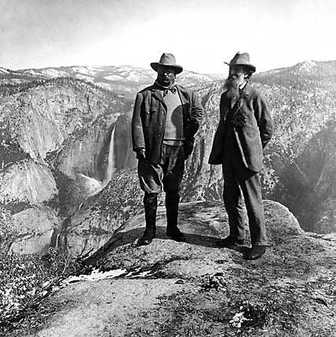 The president and the conservationist. The president and the conservationist. As a naturalist and California explorer, John Muir submerged himself into the environmental realm of Yosemite, and became the area's greatest advocate. A reader of Charles Darwin and other scientific innovators of the day (many of the books from John Muir's collection remain on display at his house in Martinez in Contra Costa County), Muir pursued a greater understanding of the functions of science and nature. It was during this time Muir famously guided President Theodore Roosevelt through the vast Yosemite wilderness, during Roosevelt's 1906 trip to California. Now, in a day and age when the environment has a plethora of organizations fighting to protect it, it's easy to forget how new environmental law was in the United States. While the modern environmental movement has been active for a modest amount of time in American history, environmental law is an infant in comparison. But one specific benchmark is considered to be the key turning point in giving environmentalism jurisdiction in our Constitutional courts. 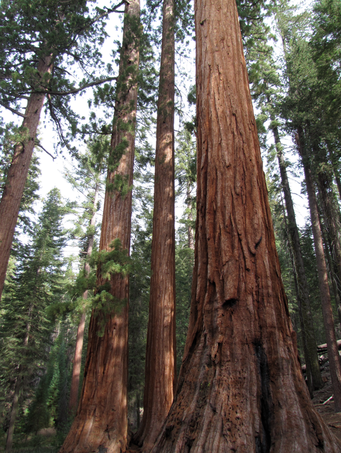 Nelder Sequoia grove, Madera County. Nelder Sequoia grove, Madera County. That precedent isn't the expansion of the National Parks system undertaken by Theodore Roosevelt, nor is it the founding of the Sierra Club by John Muir – but it is a direct result of Muir's ambition, foresight, and understanding of upcoming conservation challenges facing our environment. Eight decades after Muir founded the Sierra Club, the organization played a lead role in the turning point of environmentalism in the U.S. with Sierra Club v. Morton (1972), in which the Sierra Club litigated to protect National Forests. In the 1960s, the U.S. Forest Service green-lighted a permit for the Walt Disney Corporation to build a proposed ski resort in Sequoia National Forest, near Mineral King along the southern boundary of Sequoia National Park. Disney had understandably determined Sequoia National Forest offered some of the most pristine and mesmerizing vistas available in the west, and would hypnotize guests with a tantalizing, if Disneyfied vacation experience. Parts of the forest would be cleared to make space for ski runs, and families would have the opportunity to wake up in a resort bedroom and step outside into untrammeled wilderness. 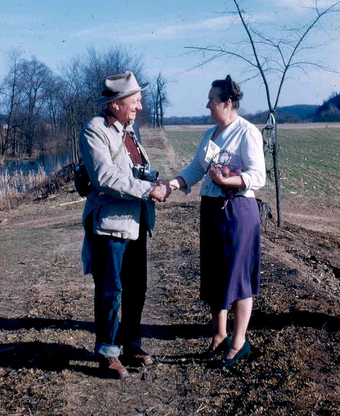 Justice Douglas hiking along the C&O Canal. Justice Douglas hiking along the C&O Canal. The Sierra Club objected to the plan, and the development of such a wild area of the Sierras – but the Supreme Court initially concluded the Sierra Club lacked "standing" to sue for the environment. In a now-famous dissent, Justice William O. Douglas argued, "The critical question of 'standing' would be simplified, and also put neatly in focus, if we fashioned a federal rule that allowed environmental issues to be litigated before federal agencies or federal courts in the name of the inanimate object about to be despoiled, defaced, or invaded by roads and bulldozers and where injury is the subject of public outrage." Douglas continued his argument, "Those inarticulate members of the ecological group cannot speak. But those who have so frequented the place as to know its values and wonders will be able to speak for the entire ecological community." Justice Douglas wrote such a compelling argument explaining why environmentalists should have the right to go to court for the sake of the environment, the Walt Disney Corporation ultimately withdrew their proposal. Because of Douglas's dissent, environmentalists gained needed legal standing under the U.S. Constitution, and today corporations are, ideally, obliged to be limited in their ability to take advantage of National Forests and other protected, special places in the public trust. While attacks on the environment are ongoing, the groundwork to defend the environment in court was laid out in Sierra Club v. Morton. As environmentalists, we strive to honor the legacy of Muir and Douglas, and continue to speak for the "inarticulate members of the ecological group" through activism, outreach, engagement – and environmental law. Aaron Bercovitch was raised by a conservation biologist and is a life-long environmental activist and outdoorsman. He is a member of San Diego County Democrats for Environmental Action. Photo credits:
Tommy Hough: Yosemite National Park, Nelder Grove, William O. Douglas Wilderness National Park Service: John Muir and Theodore Roosevelt, Justice Douglas
3 Comments
8/25/2022 11:06:28 am
Parts of the forest would be cleared to make space for ski runs, and families would have the opportunity to wake up in a resort bedroom and step outside into untrammeled wilderness. Thank you, amazing post!
Reply
8/25/2022 11:27:17 am
Constitution, and today corporations are, ideally, obliged to be limited in their ability to take advantage of National Forests and other protected, special places in the public trust. Thank you for making this such an awesome post!
Reply
Leave a Reply. |
Green Thoughts
The blog component of San Diego County Democrats for Environmental Action welcomes content from SDCDEA members, guests and leadership. Archives
October 2023
Categories |
Social Media
Quick Links |
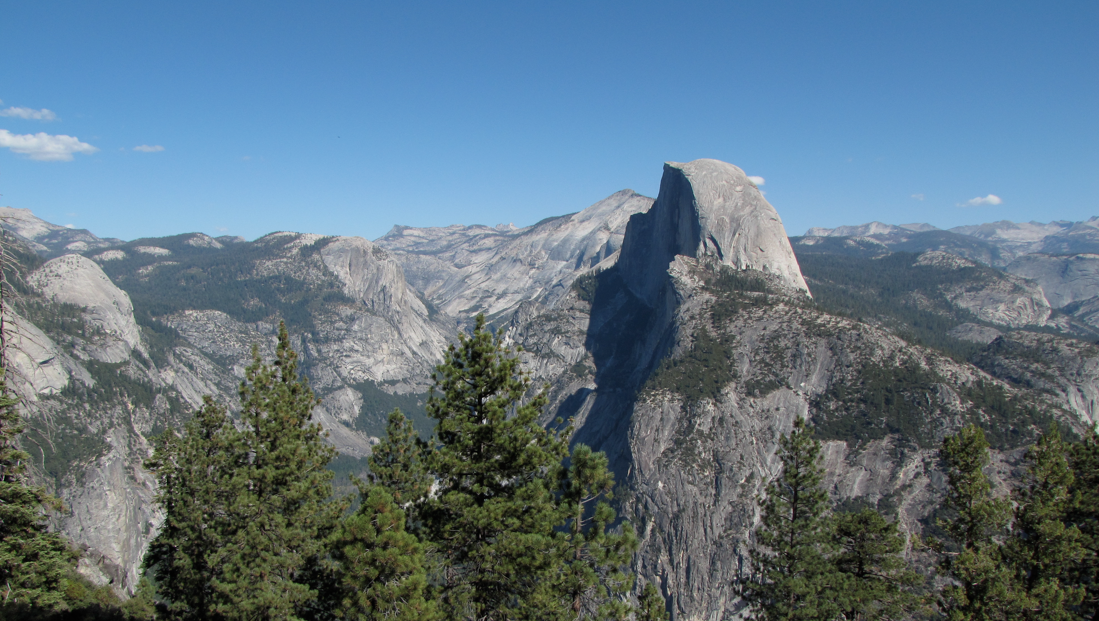
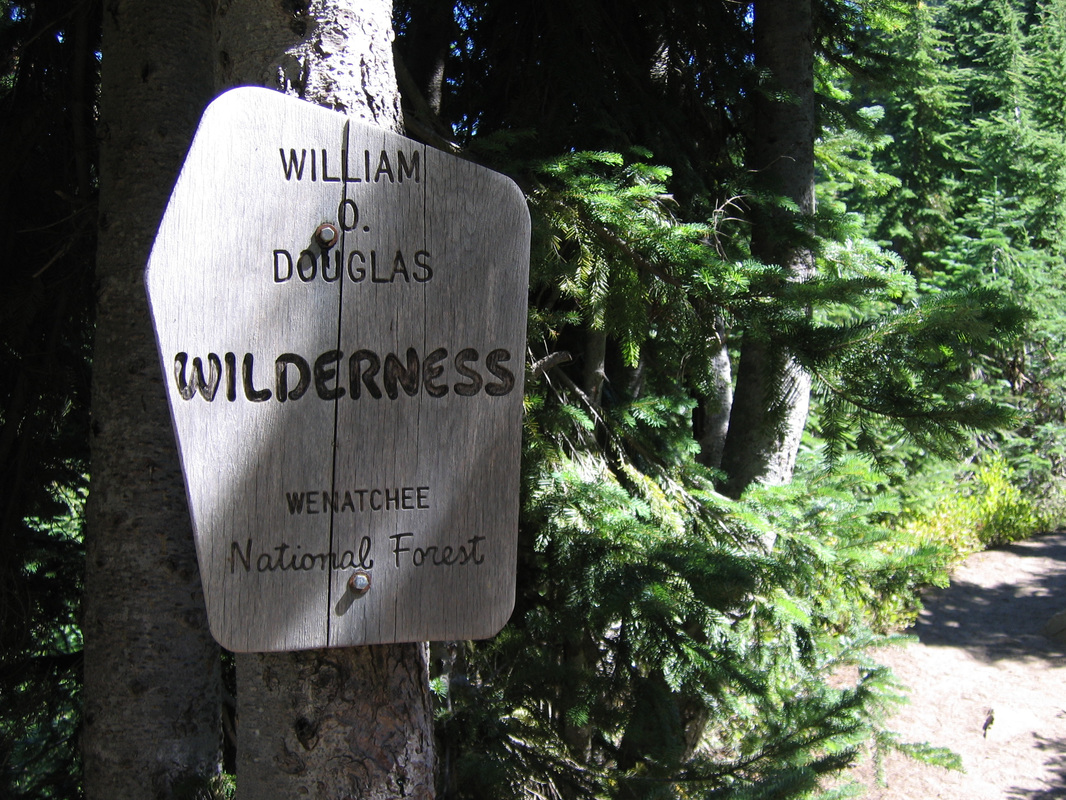
 RSS Feed
RSS Feed

